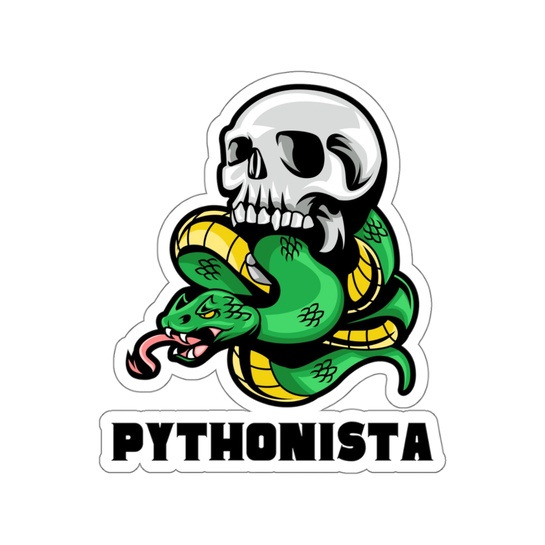OpenDistro with cert-manager
Last time we talked about installing OpenDistro on Kubernetes using self-signed certificates, this can be a repetitive and boring task to do each time. Instead we can delegate the creation of certificates to a tool like cert-manager.
If you didn’t read the first part of this article you can find it here



















